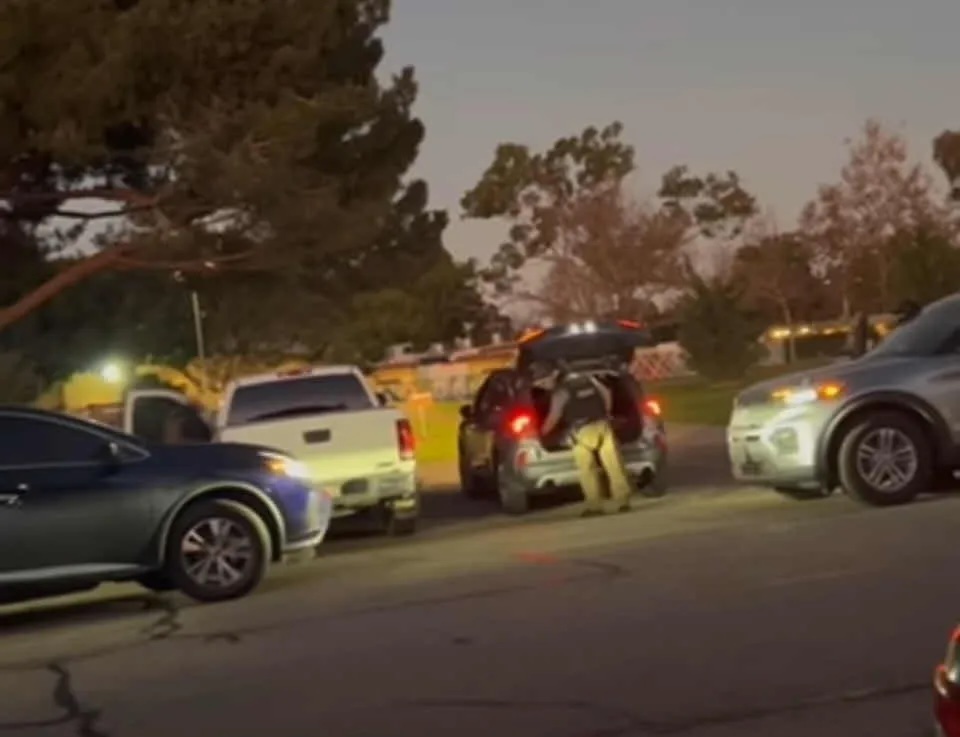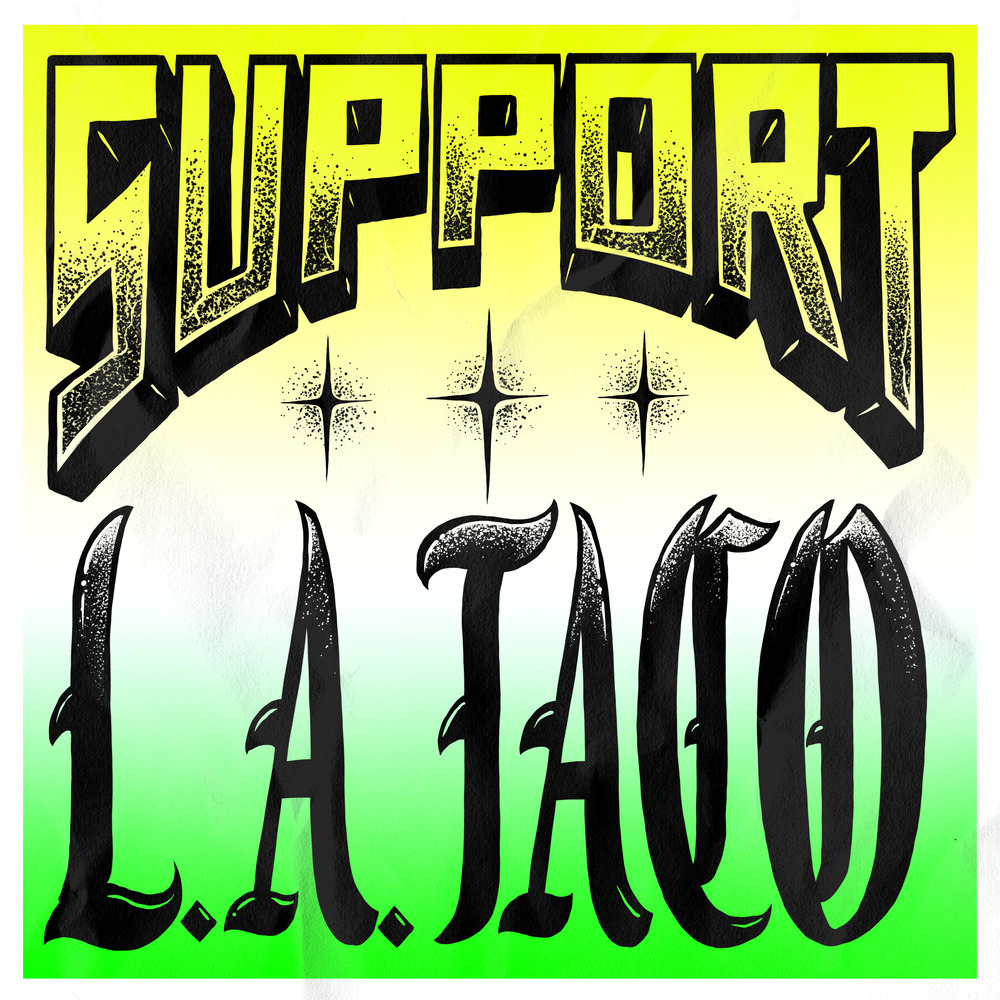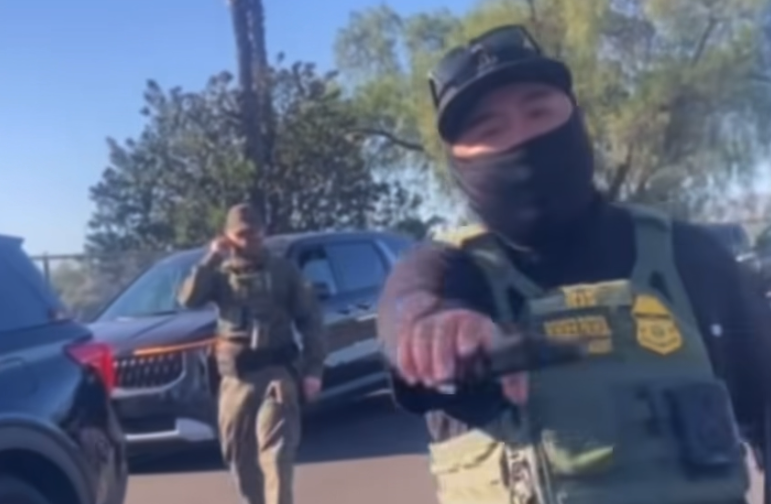The Los Angeles hood movie flourished as a genre in the 1990s as Hollywood awoke to the dreams and dramas of the underserved communities in its own backyard. Some of those films became classics (Boyz n the Hood and Blood In, Blood Out), some stunk (Colors and Hot Boyz), and some satirized the whole concept (Don’t Be a Menace to South Central While Drinking Your Juice in the Hood).
I covered gangs for the Los Angeles Times during the first part of that decade—maybe the only full-time gang reporter at a major newspaper in those years—so I took special interest in these cinematic portrayals. The 'hood movie was an opportunity for me to gain insight into the world I was immersing myself in or to at least test how faithfully the filmmakers were depicting it. In the case of American Me, Edward James Olmos’s harsh account of the Mexican Mafia origin story, art and reality collided: In 1993, I wrote a front-page story about several Eastside murders linked to the movie and Olmos’s efforts to insulate himself from the prison gang’s wrath.
Three decades later, it would be easy to think that the L.A. hood movie has run its course. The “decade of death” that birthed the genre—when drive-by shootings were a daily occurrence and gang-related killings in the county topped 800 a year—has thankfully waned. Gentrification has encroached on turf that generations once lived and died for. And social media has given gangsters a platform to shape their own narratives.
As with most stories, though, it’s all in the telling. The new independent film Die Like a Man is a reminder that a movie made with heart and integrity, with a fierce dedication to the humanity of its characters, can transcend whatever genre it might appear to be heir to. Set in the working-class, Mexican American back streets in and around Venice—a West Los drained of faddishness—Die Like a Man succeeds because writer-director-producer Eric Nazarian knows what to avoid: the tropes, the posturing, the studio-mandated compromises. He also knows what to embrace: the shabby alleyways and desolate riverbanks of an L.A. left behind, the battle scars of the formerly incarcerated and gang-affiliated actors he recruited, trained, and showcased.

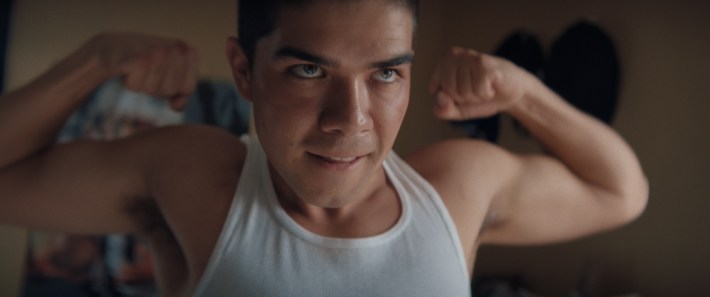
Shot on a shoestring budget in just 14 days, Die Like a Man is an intimate portrait of a naïve teenage boy striving to live up to misguided masculine codes while struggling to accept the female affection that seems agonizingly close to saving him. It’s a rite-of-passage movie, a mother-son movie, a cautionary-tale movie. Most of all, it’s an L.A. movie, made by L.A. people, that looks and feels like an L.A. too often discounted.
As Nazarian put it at a recent screening at the USC School of Cinematic Arts, his alma mater: “This is a love letter to an L.A. you don’t see anywhere.”
The plot of Die Like a Man is compressed, a tale squeezed into 24 hours.
I shouldn’t go on without acknowledging that Eric Nazarian is a dear friend, someone I’ve turned to for advice on my own creative projects. He graciously but unnecessarily lists me in the credits of Die Like a Man as a co-executive producer; my contributions have been limited to moral support.
What I see in Die Like a Man goes beyond my respect for Eric. I experience the movie through the lens of my L.A. writing life—an adulthood spent confounded and intoxicated by this place, 40 years of working to excavate stories from under the gloss that the uninitiated mistake for shallowness. Eric likes to say that L.A. is both the most overexposed of great cities and the most misunderstood. Film and TV have beamed us around the world, but distorted what people see. Sometimes even how we see ourselves.
I’ve now watched Die Like a Man four times—and I’ll be catching it again at the historic Million Dollar Theater in downtown L.A., where it will have a limited run from April 18 to 24—but I could have written everything here after just one viewing. In 2021, Eric arranged a private screening for me at Black-owned Confluential Films, one of the production companies championing his vision. The cut was rough, the sound and color still off, but between the pandemic and budget woes, Eric was laboring just to keep the movie on life support. I sat alone on a worn couch across from a 12-foot screen. The drapes were pulled tight to fend off the afternoon sun.
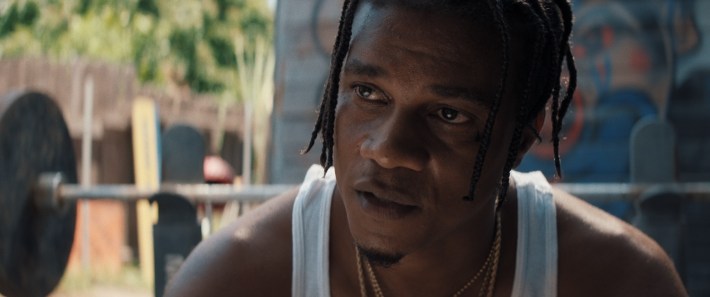
The plot of Die Like a Man is compressed, a tale squeezed into 24 hours. On his 17th birthday, Freddy gets jumped into the neighborhood gang and tatted with angel wings, and then to complete his initiation, is directed to shoot a rival, point blank. If you punk out, he’s told, you’re a bitch for life. There’s not much mystery in what Freddy will do; it’s less a choice than an inheritance. But there is a universe of emotion to explore in the toll the deed takes on him—in the self-loathing Freddy works to choke back.
Miguel Angel Garcia, a graduate of USC’s School of Dramatic Arts who’s had roles in feel-good sports drama The Long Game and Hulu series Promised Land, turns in a heroic performance as the alternately innocent and tormented Freddy. In person, Garcia comes across as gentle and unassuming—not the gunslinging type. Onscreen, in a grungy tank top, hair buzzed down to a pelt, he’s all rage and regret. In one Shakespearean scene, he sets out to destroy the weapon that’s now destroying him, futilely slamming the steel against a cinderblock wall. It’s excruciating to watch.
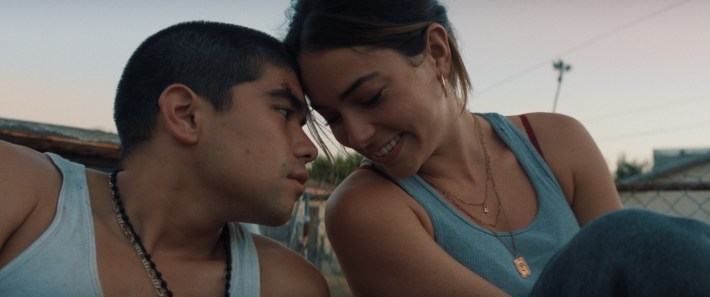
Freddy has a chance with a Morrissey-loving girl, Luna, who longs to escape the neighborhood’s self-destructive cycles. Played with feisty charisma by Mariel Molino (now appearing as Special Agent Lala Dominguez in NCIS: Origins), Luna sees the goodness under Freddy’s tough-guy mask. But in a moment of tenderness, on the precipice of losing his virginity, Freddy allows jealousy to cloud his mind and push Luna away.
“I fucking love you,” she yells, storming off. “Do you have any idea what that fucking means?”
I felt the deepest ache of all for Freddy’s mother, Mabel, who tries to set boundaries for him but still lives within the cage of her own poor choices. Berenice Valle’s lack of acting experience serves her well in the role of hamstrung parent. A product of the Pico-Union gang world who now runs her own casting agency, From the Streets to the Set, Valle is a real-life Mabel, with a real-life Freddy at home, and when her character’s voice cracks and her hoop earrings start bouncing, you can just feel in your gut that she’s said these words before:
“One day you’re going to be standing where I am now, hearing your child disrespect you,” Mabel tells Freddy in a scene filmed in Valle’s own home, “and when that time comes, long after I am gone, you’re going to remember that there’s no love greater than a mother’s love for her child.”
Two hours later, when Eric reentered the room and turned on the lights, he found me bawling. I wished I were hamming it up, overreacting for his benefit, but the movie reminded me so much of the wounded boys and anguished moms I’ve written about over the years, all the squandered potential, the needless loss. It also stirred the memory of my own failures as a stepfather to a teenager who, in the ’90s, suffered a catastrophic injury while beholding the power of a loaded gun. I tried to explain to Eric what was going on inside me, but my words kept turning to tears.
Born in Armenia in 1976, Eric arrived in the U.S. when he was four, ultimately settling in Northeast Los Angeles, where immigrants from the former Soviet Union lived and worked alongside a burgeoning Latinx population. As a teenager, he sought belonging in the streets, befriending gangsters from different neighborhoods and deejaying their parties, while also finding inspiration at his father’s photo lab. Eric’s first film, the 2007 ensemble drama The Blue Hour, pays tribute to that multiethnic landscape, telling the stories of four strangers interconnected by the Los Angeles River.
To prepare for Die Like a Man, Eric approached various grassroots groups, offering to train and cast members of at-risk communities based on his belief that film can drive social change. A longtime admirer of Father Gregory Boyle, he joined forces with Homeboy Industries, as well as Pico Youth & Family Center, conducting auditions and hosting workshops for young people looking to expand their horizons in front of and behind the camera. In all, 19 system-impacted actors and crew members contributed to the movie. When Freddy gets razzed by some older homies, including Boom Boom (Alexander Adrian Gibson) and Sniper (Dinero 100k), there’s nothing false about their tatts or intimidation skills.
It’d be nice to think that Eric’s investment in authenticity and inclusion would have opened doors for Die Like a Man, but instead it created barriers. Film festivals—the gateway to finding a distributor—repeatedly balked. The title turned off some gatekeepers: too macho. Eric rejected suggestions to tone it down. Then there was the matter of his own identity: Was an Armenian-born filmmaker really the right person to be interpreting barrio culture?
The insinuations exasperated Eric. In 2023, he hammered out an op-ed titled, “Who Am I to Tell Your Story?” As a product of a hybrid, multiracial L.A., he lamented the pressure to stay in his own ethnic lane, to have license to tell only “Middle Eastern” stories. Hollywood already has a legacy of racism and exclusion to overcome; the solution wasn’t to self-segregate. “Each storyteller and image-maker is a thread in the greater global carpet of our humanity that reinforces the other threads,” Eric wrote, “while preserving the uniqueness of their own color, culture and soul, becoming one human fresco beyond borders that we all belong to.”
The piece was never published. Then came the strikes. And then the fires.
It’s not too much to say that Eric—with help, in the end, from Confluential’s Tommy Oliver and the Secret Movie Club—willed Die Like a Man to the screen. He’ll at last get to test his theory that art is the most universal of passports.
Die Like a Man screens three times daily at the Million Dollar Theater, 307 S. Broadway, from April 18-24. Tickets are available on Eventbrite. Starting April 25, the movie will also be available for purchase on Apple TV+.

